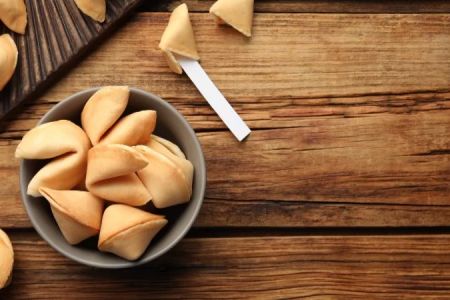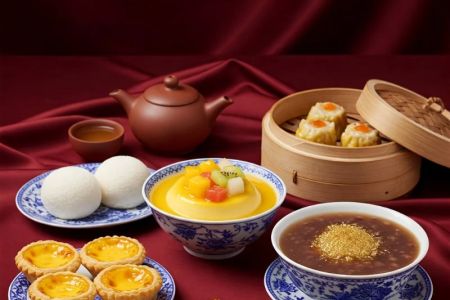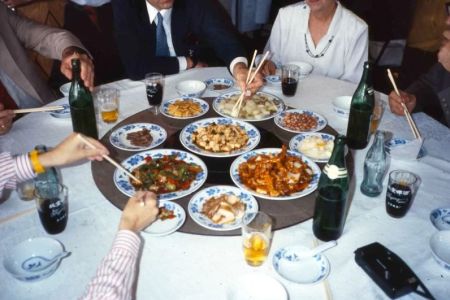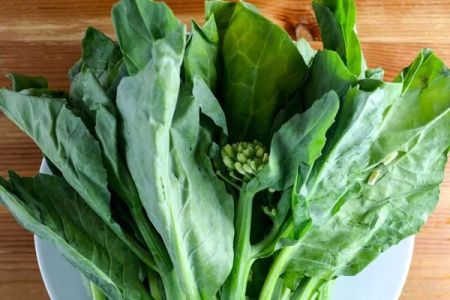How to Make Chinese Restaurant Fried Rice
Have you ever craved the savory, perfectly seasoned fried rice you get at your favorite Chinese restaurant? I know I have! I decided it was time to learn how to make it myself, and let me tell you, the results were so satisfying that I’m excited to share the process with you. Making Chinese restaurant fried rice at home is easier than you might think, and with the right ingredients and techniques, you can recreate the restaurant-quality taste right in your kitchen.
1. Start with the Right Type of Rice
One of the key secrets to making great fried rice is the type of rice you use. Traditional Chinese restaurant fried rice is made with long-grain white rice, such as jasmine rice. The grains are less sticky, which allows them to fry up nicely without clumping together. When I first made fried rice at home, I didn’t realize how crucial the rice was. After experimenting, I found that using leftover rice is ideal because it’s drier, making it easier to fry and absorb the seasonings. I always make sure to cook the rice the day before and refrigerate it overnight to get the best texture.
2. Gather the Essential Ingredients
Now that you’ve got your rice ready, it’s time to gather the ingredients. You’ll need a few basic items for the signature Chinese fried rice flavor. Here's what I use every time:
- Oil: I prefer vegetable oil for its neutral flavor, but you can also use sesame oil for a more authentic taste.
- Eggs: A scrambled egg is a key component of fried rice. I make sure to cook it separately before adding it back into the rice.
- Vegetables: I use a mix of peas, carrots, and onions, but you can customize it with your favorite veggies.
- Soy Sauce: This is the star of the show when it comes to seasoning your fried rice. I go for low-sodium soy sauce to control the salt content.
- Garlic: Freshly minced garlic gives the fried rice that aromatic flavor that’s characteristic of Chinese cooking.
- Green Onions: A sprinkle of chopped green onions adds a burst of freshness and color to the dish.
Make sure to have these essentials on hand before you start cooking, as they make all the difference in the final taste.
3. The Right Cooking Technique
The technique is just as important as the ingredients. The best fried rice is made in a wok or a large skillet, as they allow for even heat distribution and help achieve that crispy texture you want in every bite. I learned the hard way that overcrowding the pan can prevent the rice from frying properly, so make sure to cook in batches if you’re making a large amount.
Start by heating your oil over medium-high heat. Add the garlic first and sauté it for about 30 seconds until it becomes fragrant. This step is crucial because the garlic infuses the oil with its flavor, setting the foundation for your fried rice. Once the garlic is ready, add your vegetables and cook until they are tender, about 2-3 minutes.
4. Add the Rice and Stir-Fry
Now that the veggies are cooked, it’s time to add the cold, leftover rice. I always break up any clumps before adding it to the pan. The rice should sizzle as it hits the hot oil—this is when the magic happens. Use a spatula to toss the rice around the pan, ensuring that it gets evenly coated with the oil and seasonings. This is the moment when your fried rice starts to take shape!
As you stir-fry the rice, you’ll notice that it begins to turn slightly golden and crispy around the edges. This texture is what gives restaurant-style fried rice its signature flavor. Don’t forget to add your soy sauce at this stage—just a little bit goes a long way in adding that rich, umami flavor that makes fried rice so delicious.
5. Incorporate the Eggs and Season
In a separate pan, scramble your eggs until they’re fully cooked. Once they’re ready, toss them into the fried rice and mix them in with the other ingredients. The eggs add richness and a nice balance to the savory flavors of the rice. At this point, I also season the rice with a little more soy sauce, sesame oil, and a pinch of white pepper to taste.
One of my favorite tips is to add a small splash of oyster sauce or hoisin sauce if I want an extra depth of flavor. While it’s not traditional for all fried rice recipes, this little tweak has made my fried rice even more flavorful.
6. Serve and Enjoy!
Once the fried rice is cooked to perfection, it’s time to serve. I like to garnish my fried rice with a sprinkle of freshly chopped green onions for a pop of color and freshness. For an even more festive touch, I sometimes add some toasted sesame seeds or a drizzle of sriracha sauce for a kick.
Whether you're serving it as a main dish or a side, homemade fried rice will surely impress your guests. I’ve made this dish for family gatherings and dinner parties, and it’s always a hit. The best part is that you can customize it with your favorite protein, like chicken, shrimp, or even tofu, making it a versatile option for any occasion.
Conclusion: Mastering the Art of Fried Rice
Learning how to make Chinese restaurant-style fried rice at home was a game-changer for me. Not only did I gain a new cooking skill, but I also discovered just how satisfying it is to create a dish that’s both flavorful and versatile. The tips and techniques I’ve shared are the ones that helped me master the art of fried rice, and I’m confident they’ll help you achieve the same delicious results.
If you’re looking for more culinary inspiration or ingredients to take your cooking to the next level, check out [Chinese Food] for all the resources you need. Happy cooking!







